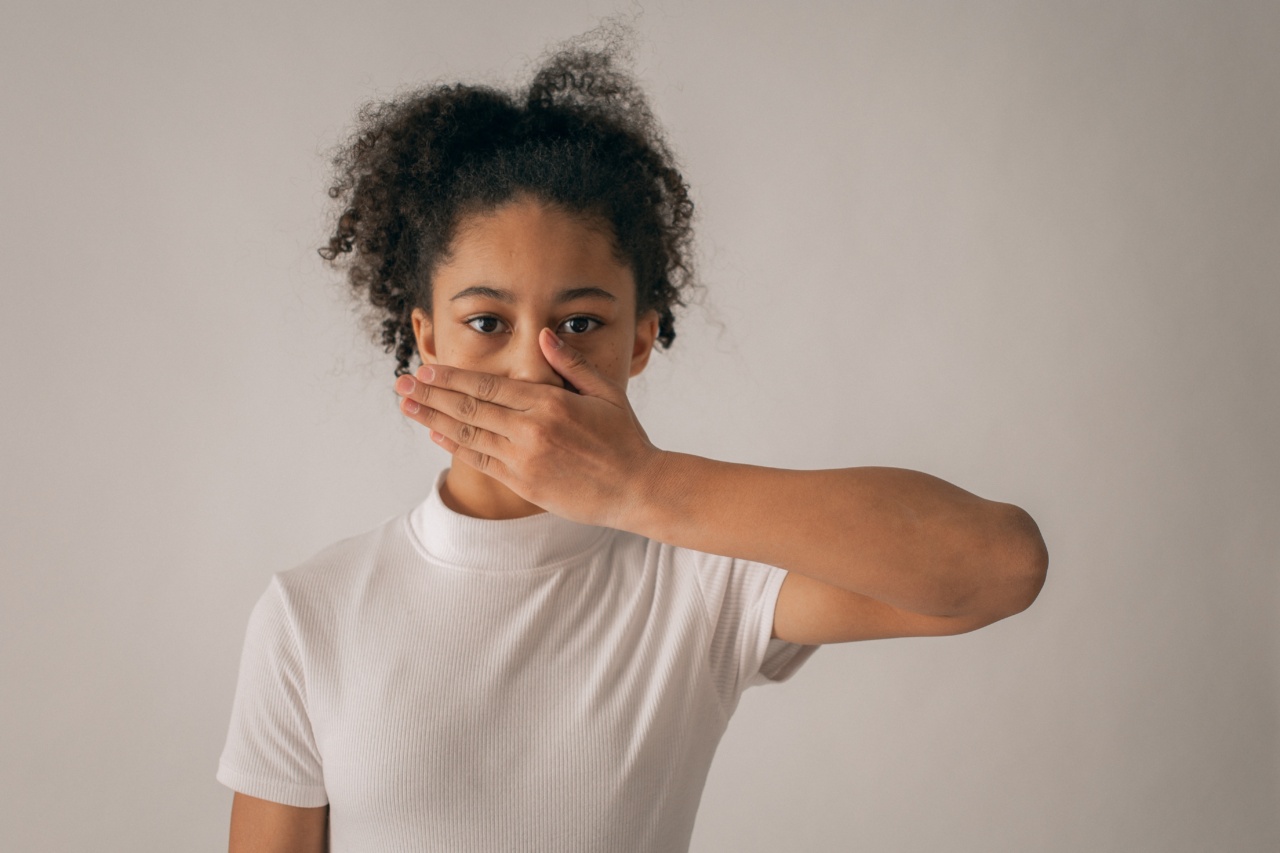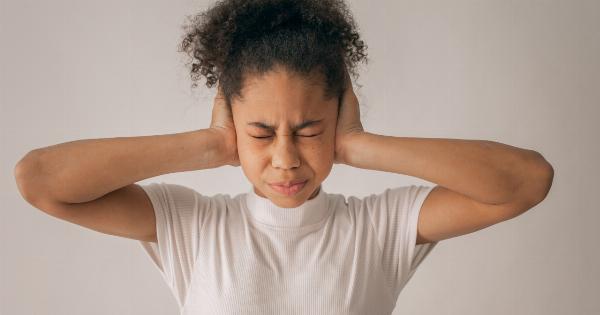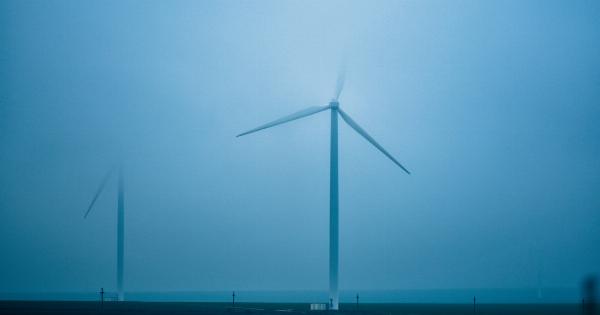High blood pressure, also known as hypertension, is a condition in which the force of blood against the walls of arteries is too high.
When left untreated, high blood pressure can cause serious health problems over time such as heart disease, stroke, and kidney failure. While it is commonly thought of as a condition that impacts adults, it is becoming a growing concern for children as well.
What is Childhood Hypertension?
Childhood hypertension, also called pediatric hypertension, is a medical condition in which the blood pressure in children is consistently elevated over time.
It’s defined as having a systolic (top number) blood pressure reading of higher than 130 mm Hg and a diastolic (bottom number) blood pressure reading of higher than 80 mm Hg for a child of a certain age, gender, and height percentile.
Causes of Childhood Hypertension
The causes of childhood hypertension can vary. For some, it may be due to an underlying medical condition such as kidney disease, a hormonal imbalance, or heart disease.
For others, it may be due to lifestyle factors such as a poor diet and lack of physical activity. Genetics can also play a role in the development of pediatric hypertension.
Symptoms of Childhood Hypertension
In most cases, children with hypertension do not experience any symptoms.
This is why it is important for children to have regular blood pressure checks, especially if they have a family history of high blood pressure, obesity, or other medical conditions that increase their risk of developing hypertension. In some cases, symptoms of childhood hypertension may include headaches, dizziness, fatigue, and blurry vision.
The Impact of Childhood Hypertension
Childhood hypertension can have serious long-term health consequences. Children with hypertension are at an increased risk of developing heart disease and stroke later in life. They may also develop kidney damage and vision problems.
Hypertension can impact a child’s quality of life by limiting their physical activity and increasing their risk of depression and anxiety.
Diagnosis of Childhood Hypertension
Diagnosis of childhood hypertension involves taking several blood pressure readings in a clinic setting or at home. The blood pressure readings will be compared to standardized blood pressure tables that take into account age, gender, and height.
If a child’s blood pressure is consistently elevated over time, a diagnosis of hypertension may be made.
Treatment and Prevention of Childhood Hypertension
Treatment for childhood hypertension involves a combination of lifestyle changes and medication. Lifestyle changes may include eating a healthy diet, increasing physical activity, and limiting screen time.
Medications may be prescribed to lower blood pressure if lifestyle changes are not enough to control blood pressure levels. In some cases, underlying medical conditions may need to be treated to manage hypertension.
Prevention of childhood hypertension involves adopting healthy lifestyle habits early in life. Encouraging children to eat a balanced diet, engage in regular physical activity, and limit screen time can help reduce their risk of developing hypertension.
It’s also important for children to have regular blood pressure checks to catch hypertension early before it causes serious health problems.
The Bottom Line
Childhood hypertension is a growing concern that can have serious long-term health consequences if left untreated.
Regular blood pressure checks and adopting healthy lifestyle habits early in life can help reduce the risk of developing hypertension and other related health problems.

























